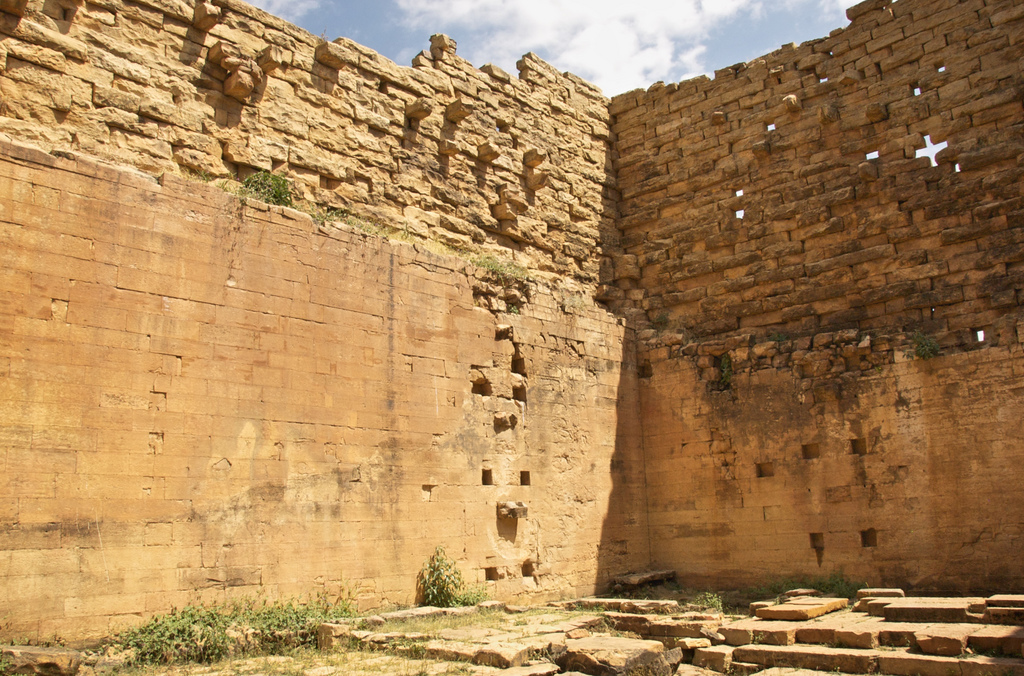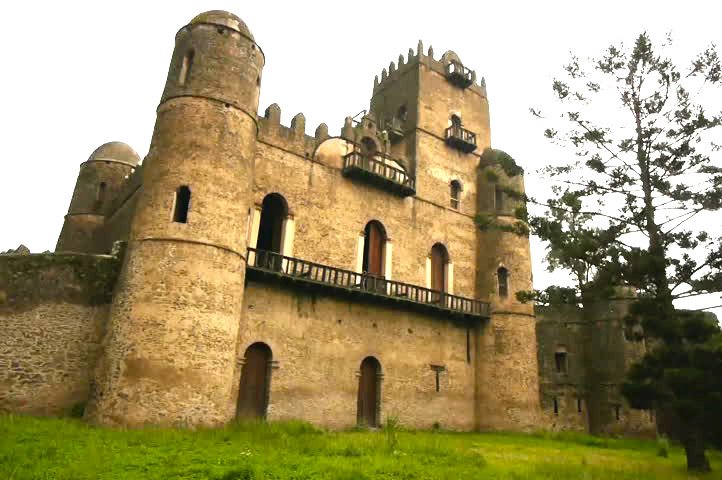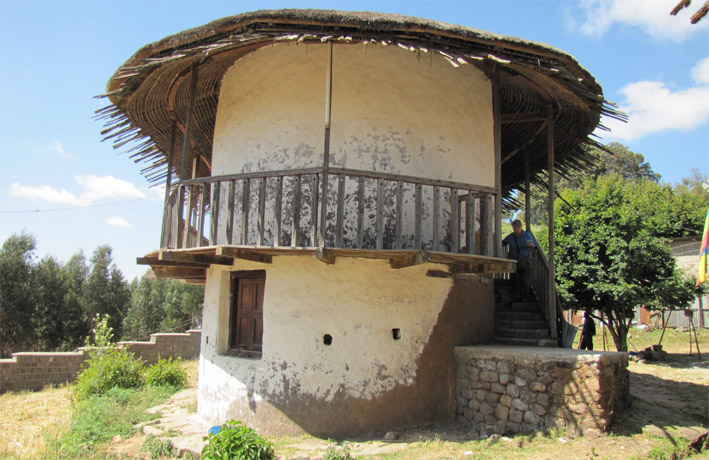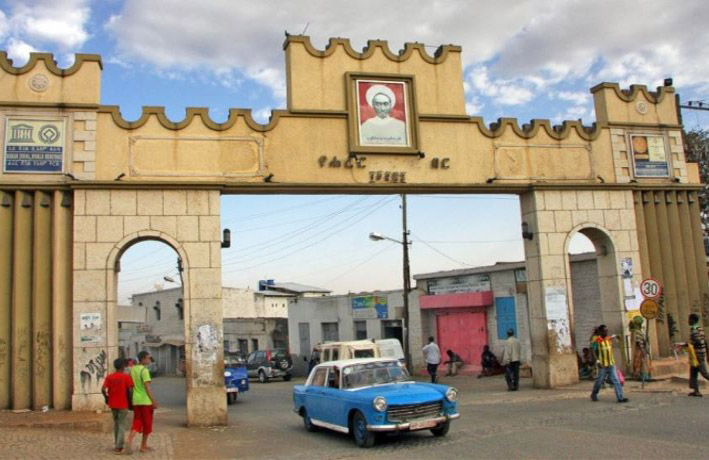Ankober was the ancient capital of the Kingdom of Shoa, with Merid Azmatch Amha Iyesus (1745-1775), a ruler descended from the Solomonic dynasty, credited as being the founder. His descendents ruled from Ankober for around a hundred years and a number of Shoan rulers are buried in churches in the area.
During the reign of Emperor Menelik II, Britain, France and Italy established diplomatic missions in Ankober, and the sites of their missions can still be distinguished. Menelik married Itegue Taytu at the Ankober Medhane Alem Church, where the golden wedding cloak is still kept. In 1886 Menelik decided to move the capital to its current location, Addis Ababa.
There are many famous Ethiopian Orthodox monasteries and churches in the area surrounding Ankober, including Mantiq a nearby monastery with Judeo-Christian traditions. The nineteenth century Catholic missionary, Aba Massayas, started missionary activities in neighboring Fiqre Gimb, making the area one of the most important historical centers of Catholicism in Ethiopia.
Ankober Palace hill overlooks the spectacular scenery of the Rift Valley, stretching from the Red Sea to the plains of Afar Region.





